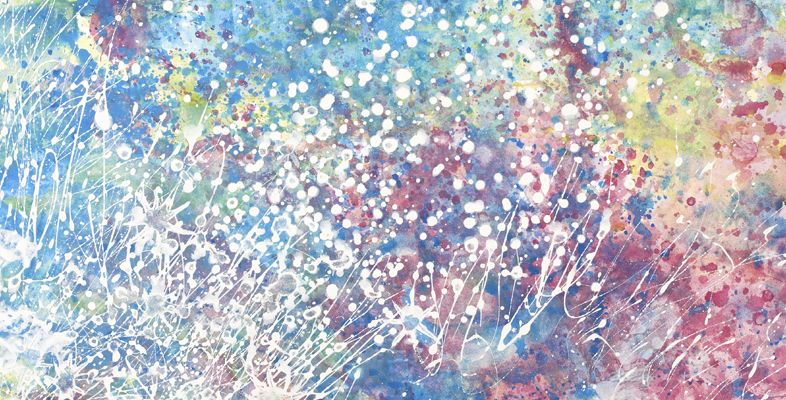Glossary
Special | A | B | C | D | E | F | G | H | I | J | K | L | M | N | O | P | Q | R | S | T | U | V | W | X | Y | Z | ALL
N |
|---|
National Autism Plan for Children (NAPC)A UK framework for the identification, assessment, diagnosis and access to early interventions for pre-school and primary school aged children with autism spectrum conditions. | |
National Autistic Society (NAS)The National Autistic Society was founded in 1962 as an organisation for people with autism, their families and carers. It provides advice and support for families and autistic individuals, promotes exchange of ideas and information, pioneers important national and international initiatives and raises public consciousness about the needs of people on the autism spectrum. | |
Naturalistic interventionsA term describing interventions that support the development of target skills within a child's everyday environment, or in naturally occurring situations. They may employ some behavioural principles, but are more child-centred than adult-directed. (See also adult-directed approach; child-centred approach.) | |
NeurodiversityThe idea that the kinds of difference seen in conditions such as autism, ADHD and dyslexia arise from natural genetic variation within the population and should be regarded as a normal aspect of human existence, not as something pathological that needs to be treated or cured. | |
NeuronsA cell type in the brain and nervous system, which is specialised for processing and transmitting information. Neurons have long thin fibres which collectively make up the nerves of the body. | |
Neurotransmitters | |
NeurotypicalThe term neurotypical (NT) was first used within the autism community to denote people who are not on the autism spectrum. The implication is that their brain and mental functioning is typical rather than atypical, particularly in relation to communication and social interaction. The term avoids the problematic connotations of ‘normal’ and ‘abnormal’. It has been quite widely adopted, and is recommended by the National Autistic Society. | |
None. | |
Non-verbal communicationThe use of non-verbal means, including prosody (pitch, intonation and stress), facial expression and gestures, to express meaning in communication. | |
